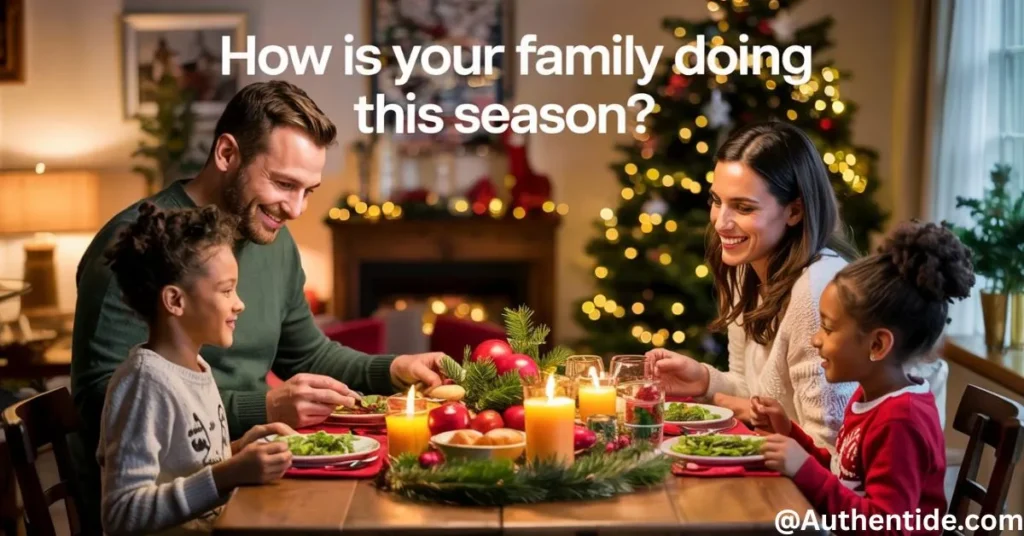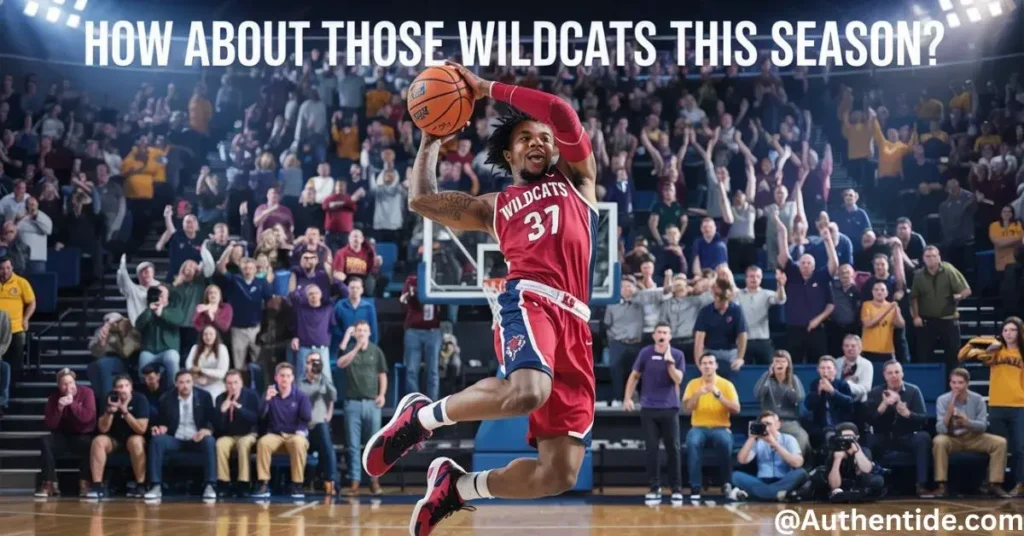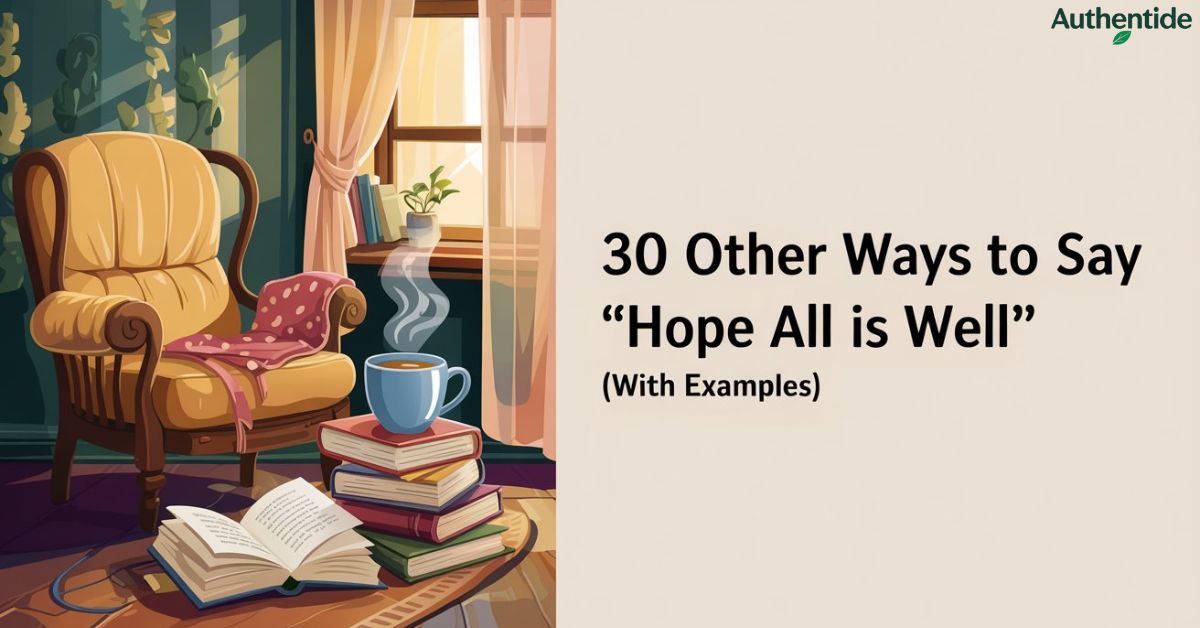Hope all is well with you as you read this comprehensive guide to fresher, more engaging email greetings! We’ve all been there staring at our screens, wondering how to start that important email message without falling back on the same tired phrases. Whether you’re reaching out to a colleague, client, or old friend, finding the right greeting phrase can set the perfect tone for your entire written text.
The standard “hope all is well” has become so overused that it often reads as an afterthought rather than a genuine inquiry. As an English tutor with years of experience helping professionals enhance their communication skills, I’ve compiled this collection of alternatives that will instantly elevate your correspondence. These expressions range from casual check-ins to formal phrases that maintain professionalism while showing authentic interest in your recipient’s life.
Before jumping into our alternatives, remember that the best email opening reflects your relationship with the recipient and the context of your message. A polite phrase that works brilliantly for a longtime colleague might feel awkward when contacting a potential client. Throughout this article, I’ll provide specific scenarios where each alternative shines helping you master the art of the perfect email greeting for every situation.
What to Say Instead of “Hope All Is Well”
- “[Mutual connection] mentioned you might be the right person to help with our questions.”
- “How are things unfolding for you lately?”
- “How is your family doing this season?”
- “How is [pet name] adjusting to his new home?”
- “Is [their location] finally getting some sunshine?”
- “Did you enjoy your long weekend?”
- “How about those [sports team] this season?”
- “How was the marketing conference in Denver?”
- “Are you getting excited for your upcoming trip to Portugal?”
- “Any fun plans brewing for the weekend?”
- “How has life been since the company retreat?”
- “Did you catch the finale of [show you both watch] last night?”
- “I finally read [book they recommended]—the character development was extraordinary!”
- “Your article on sustainable business practices in Harvard Business Review was brilliant.”
- “I ran into [mutual connection] yesterday—she sends her warmest regards.”
- “I hope your [specific project] is going smoothly.”
- “I appreciate your ongoing work on the sustainability initiative.”
- “Warm wishes from everyone here at [company name]!”
- “Happy Friday! Finally made it to the finish line of another week.”
- “This meme about deadline panic made me think of our last project sprint!”
- “Remember that time we [shared experience]? Still makes me smile!”
- “Long time, no chat! Life has been a whirlwind over here.”
- “Hope your coffee is strong and your Monday meetings are few.”
- “So much for having an organized inbox this week!”
- [No greeting—direct to purpose]
- “I’m reaching out regarding [purpose of email].”
- “I know your schedule is packed, so I’ll keep this brief.”
- “I was wondering if you’ve had a chance to review the proposal.”
- “Thank you for your attention to our ongoing service issue.”
- “I noticed [problem] and wanted to alert you immediately.”
is it Professional to Say: “Hope All Is Well”Edit
Is it professional to say “Hope all is well”? While this phrase is widely accepted in business communication, it’s become somewhat generic. It’s not unprofessional, but it lacks personalization and can seem like an afterthought. For more meaningful connections, consider context-specific alternatives that demonstrate genuine interest in the recipient. In formal settings, it remains acceptable but doesn’t help you stand out in increasingly crowded inboxes.
Why Finding Alternatives to “Hope All Is Well” Matters
When crafting professional communications, how you begin sets the stage for everything that follows. The opening line of your email message isn’t just a formality—it’s your first opportunity to connect genuinely with your reader. Many people underestimate how much these seemingly small greeting phrases impact the recipient’s perception of both the message and the sender.
Hope you are doing well and similar expressions have become so common that they’ve lost their impact. Using fresh alternatives demonstrates thoughtfulness and attention to detail. As a language tutor, I often explain to my students that personalized greetings significantly increase response rates in professional settings. When someone feels you’ve taken time to craft a message specifically for them—rather than copying and pasting a generic email opening—they’re naturally more inclined to engage with your content.
Moreover, varied greetings help establish your unique professional voice. Whether you’re a language learning enthusiast or a business professional, your communication style forms a crucial part of your personal brand. By expanding your repertoire of polite phrases, you’ll distinguish yourself as someone who values meaningful connection over mere formality.
Question-Based Alternatives to “Hope All Is Well”
Here are Question-Based Alternatives to “Hope All Is Well”:
1. “How are things unfolding for you lately?”

This open-ended question invites a more substantive response than the standard hope all is well. It works particularly well with colleagues you haven’t contacted in a while.
Example: “Hi Marcus, How are things unfolding for you lately? I’ve been thinking about our last conversation regarding the marketing strategy and wanted to follow up.”
2. “How is your family doing this season?”

This greeting phrase acknowledges the recipient’s personal life without being intrusive.
Example: “Dear Sophia, How is your family doing this season? I remember you mentioned your daughter was starting college this fall. Our team is putting together the quarterly report and would value your input.”
3. “How is Baxter adjusting to his new home?”
Mentioning a specific pet shows you remember personal details, making this a wonderfully thoughtful email opening.
Example: “Hi Jamie, How is Baxter adjusting to his new home? Those rescue dogs sure know how to steal our hearts! I wanted to discuss the upcoming client presentation when you have a moment.”
4. “Is Chicago finally getting some sunshine?”
Weather references make excellent polite phrases for starting professional correspondence, especially with people in different geographic locations.
Example: “Good morning Raj, Is Chicago finally getting some sunshine? We’re drowning in rain here in Seattle! I’m reaching out about the partnership opportunity we discussed last month.”
5. “Did you enjoy your long weekend?”
Timing-specific inquiries show awareness and consideration.
Example: “Hi Taylor, Did you enjoy your long weekend? I hope you found some time to relax! I’m following up on the project timeline we discussed before the break.”
6. “How about those Wildcats this season?”

Sports references work well when you know the recipient’s team preferences, creating immediate rapport in your written text.
Example: “Hey Alex, How about those Wildcats this season? Quite the comeback on Saturday! I wanted to touch base about our upcoming presentation for the Richardson account.”
7. “How was the marketing conference in Denver?”
Referencing a specific professional event shows genuine interest in their work experiences.
Example: “Hello Priya, How was the marketing conference in Denver? I saw some highlights on social media that looked fascinating! I’m writing to discuss potentially implementing some new strategies for our department.”
8. “Are you getting excited for your upcoming trip to Portugal?”
Acknowledging future plans demonstrates that you value them beyond your immediate business needs.
Example: “Hi Carlos, Are you getting excited for your upcoming trip to Portugal? I’ve heard Lisbon is absolutely stunning in spring! Before you leave, could we briefly discuss the Anderson project?”
9. “Any fun plans brewing for the weekend?”
This casual inquiry works well for close colleagues or in more relaxed workplace cultures.
Example: “Morning Lisa, Any fun plans brewing for the weekend? I’m finally tackling that garden project I’ve been postponing! I wanted to check in about our team’s quarterly objectives.”
10. “How has life been since the company retreat?”
Referencing shared experiences creates an immediate connection point.
Example: “Hello Jordan, How has life been since the company retreat? I’m still laughing about the team-building activity gone wrong! I wanted to discuss implementing some of the ideas we brainstormed there.”
11. “Did you catch the finale of The Dragon’s Keep last night?”
When you know you share interest in specific entertainment, this creates an instant personal connection before diving into business matters.
Example: “Hi Riley, Did you catch the finale of The Dragon’s Keep last night? No spoilers, but that ending! When you have a moment, I’d like to discuss our approach to the Wilson account.”
Specific Context-Based Alternatives
Here are Specific Context-Based Alternatives:
12. “I finally read ‘The Invisible Mountain’ you recommended—the character development was extraordinary!”

Referencing specific recommendations shows you value their input and opinions.
Example: “Hello Diane, I finally read ‘The Invisible Mountain’ you recommended—the character development was extraordinary! Thank you for suggesting it. Regarding our upcoming project timeline, I wanted to propose some adjustments.”
13. “Your article on sustainable business practices in Harvard Business Review was brilliant.”
Specific compliments about professional accomplishments create goodwill and show genuine interest.
Example: “Good afternoon Dr. Williams, Your article on sustainable business practices in Harvard Business Review was brilliant. Your point about long-term resource allocation particularly resonated with me. I’m writing to discuss a potential speaking opportunity at our annual conference.”
14. “I ran into Stephanie from marketing yesterday—she sends her warmest regards.”
Mentioning mutual connections reinforces your shared professional network.
Example: “Hi Miguel, I ran into Stephanie from marketing yesterday—she sends her warmest regards. She mentioned you two worked together on the rebrand last year. I wanted to discuss potentially collaborating on our upcoming campaign.”
15. “I hope your store opening in Brooklyn is going smoothly.”
Acknowledging specific projects shows attentiveness to their professional pursuits.
Example: “Dear Hannah, I hope your store opening in Brooklyn is going smoothly. The photos you shared on LinkedIn looked fantastic! I’m reaching out to discuss a potential partnership opportunity for the holiday season.”
16. “I appreciate your ongoing work on the sustainability initiative.”
Recognizing their specific contributions makes for a meaningful email greeting.
Example: “Hi Thomas, I appreciate your ongoing work on the sustainability initiative. Your leadership has made a significant difference in our company’s environmental impact. Could we schedule time to discuss next quarter’s goals?”
17. “Warm wishes from everyone here at Horizon Solutions!”
This collective greeting works well when representing a team or organization.
Example: “Good morning Julia, Warm wishes from everyone here at Horizon Solutions! Your presentation last week made quite an impression on our leadership team. I’m writing to explore potential collaboration opportunities.”
Lighthearted and Humorous Alternatives
Here are Lighthearted and Humorous Alternatives:
18. “Happy Friday! Finally made it to the finish line of another week.”

Day-specific greetings add relevance and immediacy to your message.
Example: “Hey Olivia, Happy Friday! Finally made it to the finish line of another week. Before you head into weekend mode, could you share your thoughts on the client proposal?”
19. “This meme about deadline panic made me think of our last project sprint!”
Shared humor can strengthen professional relationships when used appropriately.
Example: “Hi Devon, This meme about deadline panic made me think of our last project sprint! [insert appropriate meme] Now that we can laugh about it, I wanted to discuss strategies to make our next launch less stressful.”
20. “Remember that time we both showed up in nearly identical outfits to the conference? Still makes me smile!”
References to lighthearted shared experiences create immediate warmth in your written text.
Example: “Hello Sam, Remember that time we both showed up in nearly identical outfits to the conference? Still makes me smile! Speaking of conferences, I wanted to gauge your interest in co-presenting at next month’s industry event.”
21. “Long time, no chat! Life has been a whirlwind over here.”
This casual greeting acknowledges a gap in communication without awkwardness.
Example: “Hi Elena, Long time, no chat! Life has been a whirlwind over here. I’ve been meaning to reach out about potentially collaborating on the Henderson project.”
22. “Hope your coffee is strong and your Monday meetings are few.”
Day-specific humor shows empathy and creates an immediate connection.
Example: “Morning Chris, Hope your coffee is strong and your Monday meetings are few. When you come up for air, could we discuss the timeline for the quarterly report?”
23. “So much for having an organized inbox this week!”
Self-deprecating humor can create rapport, especially when reconnecting.
Example: “Hi Jordan, So much for having an organized inbox this week! I’m finally surfacing to follow up on our conversation about the marketing strategy. Any further thoughts?”
Direct Approaches Without Traditional Greetings
Here are Direct Approaches Without Traditional Greetings:
24. [No greeting—direct to purpose]
Sometimes, especially in ongoing email chains, skipping the greeting entirely is most efficient.
Example: “The research results came in this morning, and I thought you’d want to see them immediately. The findings on consumer behavior align perfectly with your predictions.”
25. “I’m reaching out regarding our upcoming website redesign.”

This straightforward approach works well when contacting someone for the first time in a professional context.
Example: “Hello Ms. Thompson, I’m reaching out regarding our upcoming website redesign. Your portfolio of work for SaaS companies caught my attention, and I’d like to discuss potential collaboration.”
26. “I know your schedule is packed, so I’ll keep this brief.”
Acknowledging the recipient’s time constraints shows respect and consideration.
Example: “Hi Dr. Rivera, I know your schedule is packed, so I’ll keep this brief. Could you provide feedback on the attached research proposal by Friday?”
27. “I was wondering if you’ve had a chance to review the proposal.”
This gentle prompt works well for follow-up messages.
Example: “Hello Aiden, I was wondering if you’ve had a chance to review the proposal I sent last week. I’m available to answer any questions you might have.”
28. “Thank you for your attention to our ongoing service issue.”
Leading with gratitude sets a positive tone even when addressing problems.
Example: “Good afternoon Ms. Chen, Thank you for your attention to our ongoing service issue. I appreciate your team’s efforts and wanted to provide additional information that might help resolve the situation.”
29. “I noticed the website is displaying error messages and wanted to alert you immediately.”
Urgent matters warrant direct approaches without social pleasantries.
Example: “Hi Nathan, I noticed the website is displaying error messages and wanted to alert you immediately. Users are receiving 404 errors when attempting to access the checkout page.”
30. “Keisha mentioned you might be the right person to help with our analytics questions.”

Referencing a mutual connection provides immediate context.
Example: “Hello Raj, Keisha mentioned you might be the right person to help with our analytics questions. We’re trying to better understand the conversion patterns on our new landing page.”
Pro Tips: Creating Meaningful Connections in Professional Communications
The most important paragraphs in this article are those discussing context-specific alternatives. Generic greetings fail because they lack personalization. When you reference something specific to your recipient—whether their recent accomplishment, a shared experience, or an upcoming event in their life—you demonstrate authentic interest. This transforms your email opening from a forgettable formality into a meaningful connection point.
Bold action step: Before writing your next professional email, take 30 seconds to review your previous communications with the recipient or check their LinkedIn profile. Find one specific detail you can reference in your greeting. This small investment of time will significantly increase both your response rate and the quality of interaction.
The key to mastering professional communication isn’t just avoiding overused phrases like hope all is well—it’s understanding that effective correspondence begins with genuine human connection. As you implement these alternatives, you’ll notice more engaging responses and stronger professional relationships.
When to Use Each Type of Alternative
Different situations call for different approaches to your email greeting. Here’s a quick guide to choosing the right alternative:
- Question-based alternatives work best when: You have an established relationship and genuine interest in the answer; you’re not in a rush; the recipient is likely to appreciate personal connection.
- Specific context-based alternatives work best when: You want to demonstrate attentiveness; you’re nurturing an important professional relationship; you need to establish credibility.
- Humorous alternatives work best when: You have an established, comfortable relationship; the work culture is relatively casual; the subject matter of your email isn’t highly serious.
- Direct approaches work best when: Time is of the essence; you’re in an ongoing email chain; the recipient prefers efficiency over social niceties; you’re addressing an urgent matter.
Frequently Asked Question
How do you say “hope all is well” differently?
Instead of “hope all is well,” try these fresher alternatives: “I trust you’re doing great,” “How have things been with you lately?” or “I hope this message finds you in good spirits.” For a more personal touch, reference something specific like “Hope your project launch went smoothly” or “I hope you’re enjoying the change of season.” These options sound more genuine while still maintaining professionalism.
What is another way to say I hope everyone is doing well?
You could say “I trust your team is thriving,” “Wishing everyone in your group continued good health,” or “I hope all members of your team are faring well.” For something more casual, try “How’s everyone on your end holding up?” or “Sending my best to your entire crew.” These alternatives express the same sentiment while sounding more personal and thoughtful than the standard phrase.
What is another way to say hope you are well?
You could say “I trust you’re doing great,” “How have you been lately?” or “I hope this message finds you in good spirits.” For something more personal, try “I hope things are going smoothly for you” or “Wishing you well as always.” In professional settings, “I hope your week is off to a good start” or “I trust all is going well on your end” also work nicely as fresh alternatives.
How do you say hope everything is OK in other words?
You could say “I trust things are going smoothly for you,” “I hope all aspects of life are treating you kindly,” or “Wishing you well during these times.” For something more conversational, try “How are things on your end?” or “I hope life’s been good to you lately.”
Other alternatives include “I trust everything is in order,” “Hoping all is as it should be in your world,” or the simple “How have you been holding up?” These options convey genuine concern while avoiding the overused “hope everything is OK” phrasing.
Boost Your Communication Skills with Professional Help
If you’re looking to further enhance your professional communication skills, consider working with a specialized language tutor. Many professionals find that even a single free trial lesson with an experienced English tutor can identify specific areas for improvement in their written communication.
Professional language learning goes beyond basic grammar and vocabulary—it addresses nuanced skills like tone management, cultural awareness, and situational appropriateness that can significantly impact your career advancement. Whether English is your second language or you’re a native speaker wanting to refine your professional communication, targeted guidance can help you develop a more effective, authentic voice in your written text.

Your go-to place for smart synonyms and celebrity updates. Muhammad Hassan Abid is dedicated to creating useful, engaging content that informs, inspires, and truly serves your curiosity

